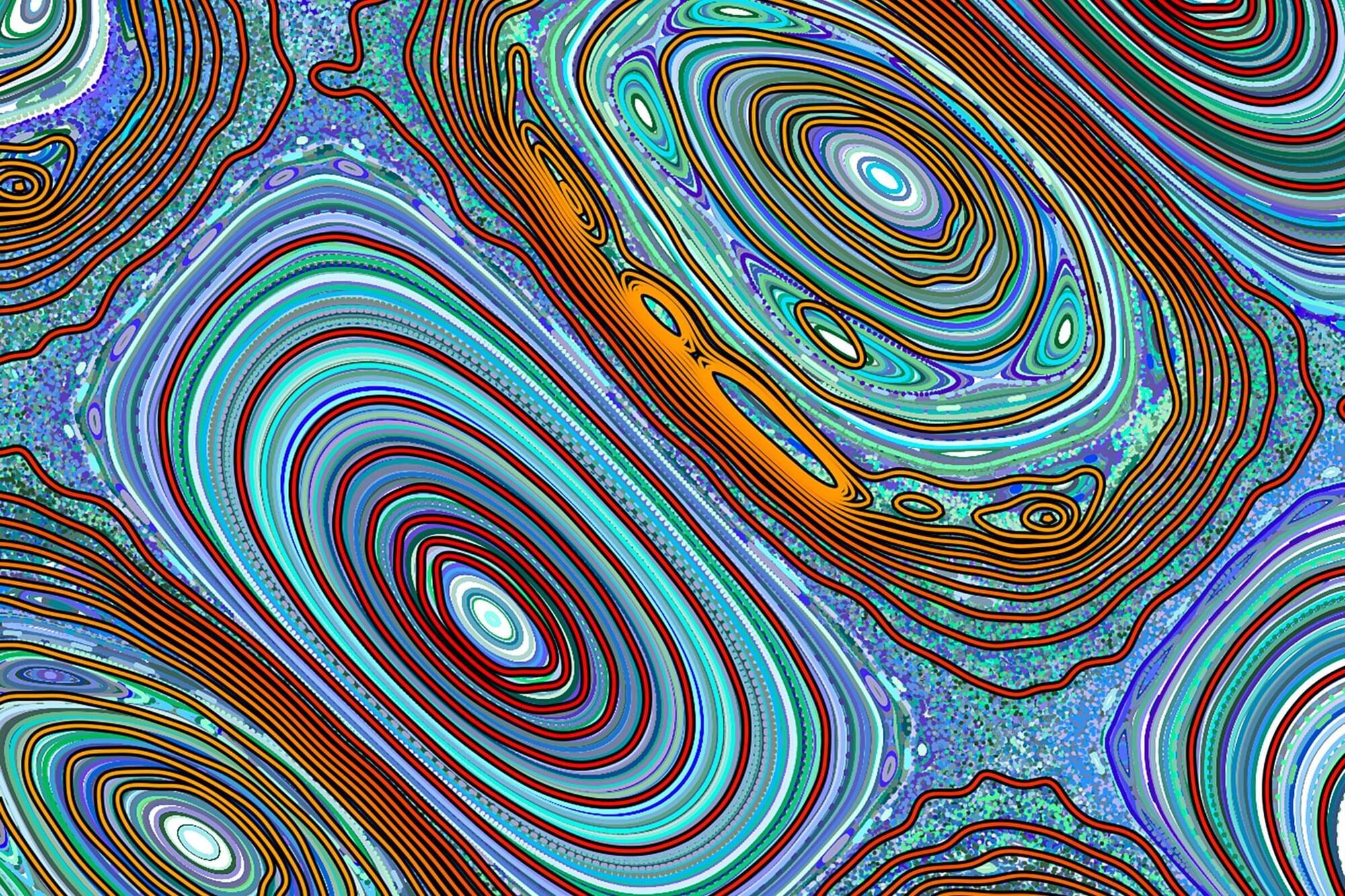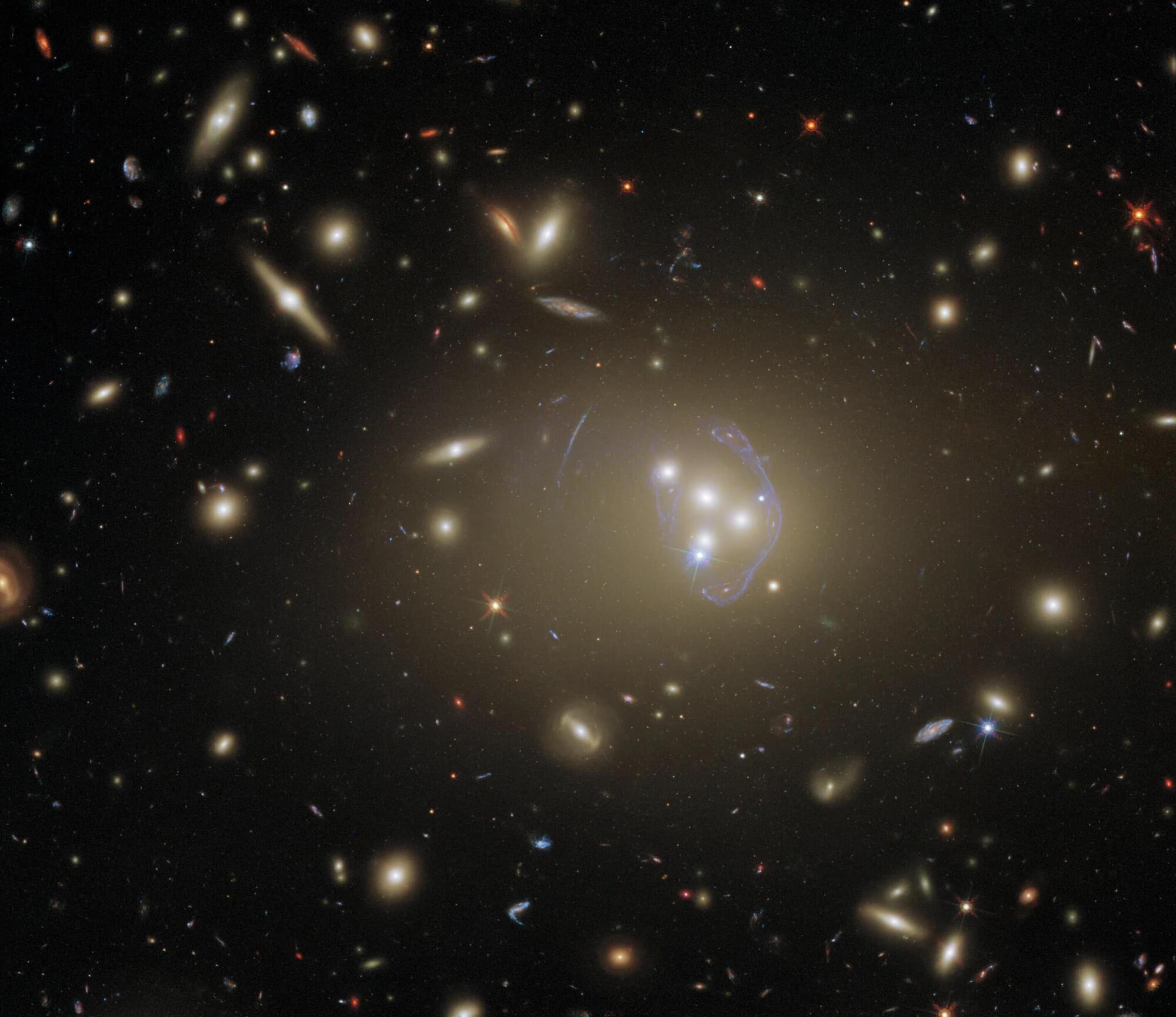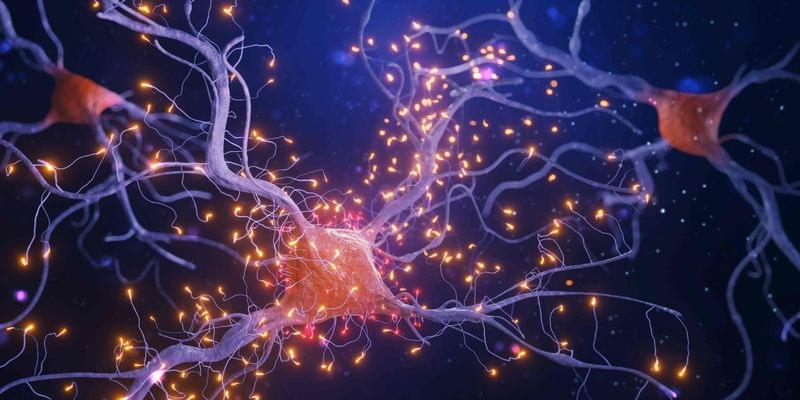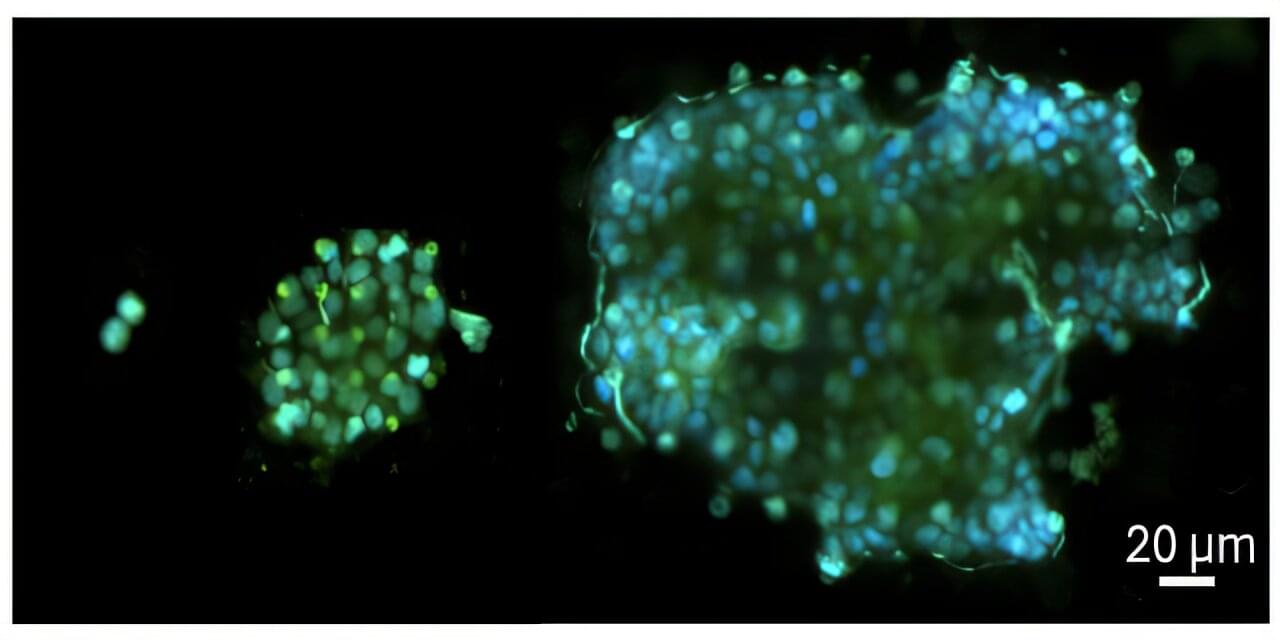Forget electricity — this new AI chip from Penn learns using light.


Looks awesome.

Abundant, low-cost, clean energy—the envisioned result if scientists and engineers can successfully produce a reliable method of generating and sustaining fusion energy—has taken one step closer to reality, as a team of researchers from the University of Texas at Austin, Los Alamos National Laboratory and Type One Energy Group has solved a longstanding problem in the field.
One of the big challenges holding fusion energy back has been the ability to contain high-energy particles inside fusion reactors. When high-energy alpha particles leak from a reactor, that prevents the plasma from getting hot and dense enough to sustain the fusion reaction. To prevent them from leaking, engineers design elaborate magnetic confinement systems, but there are often holes in the magnetic field, and a tremendous amount of computational time is required to predict their locations and eliminate them.
In their paper published in Physical Review Letters, the research team describes having discovered a shortcut that can help engineers design leak-proof magnetic confinement systems 10 times as fast as the gold standard method, without sacrificing accuracy. While several other big challenges remain for all magnetic fusion designs, this advance addresses the biggest challenge that’s specific to a type of fusion reactor first proposed in the 1950s, called a stellarator.

Thailand debuts AI police robot at Songkran festival to enhance public safety with smart surveillance and facial recognition tech.


Urban rats spread a deadly bacteria as they migrate within cities that can be the source of a potentially life-threatening disease in humans, according to a six-year study by Tufts University researchers and their collaborators that also discovered a novel technique for testing rat kidneys.
Leptospirosis is a disease caused by a type of bacteria often found in rats. It’s spread through their urine into soil, water, or elsewhere in the environment, where it becomes a source of infection and contamination for humans, dogs, and other species. While it’s prevalent worldwide, it’s more common in tropical regions, though a changing climate means it could become more common in colder regions as they warm.
In Boston, leptospirosis persists in local rat populations, and different strains of the bacteria move around the city as groups of rats migrate, according to a new study by Marieke Rosenbaum, M.P.H., D.V.M., assistant professor in the Department of Infectious Disease and Global Health at Cummings School of Veterinary Medicine at Tufts University, along with co-authors at Northern Arizona University (NAU), the United States Department of Agriculture (USDA), and the Centers for Disease Control and Prevention (CDC). In addition, their genetic analysis of a 2018 human leptospirosis case in Boston strongly suggests a link to rats as the source.


QurAlis researchers are developing precision medicines to treat ALS and other neurodegenerative diseases.
Credit: iStock.com/herraez.
QurAlis researchers have developed QRL-101, a new drug candidate that targets overactive neurons to prevent cell death in ALS.

A McGill University-led research collaboration has achieved a breakthrough in understanding how cancer spreads. A clinical study of ovarian and colorectal cancer patients found cancer cells move in the bloodstream in clusters more commonly than was previously thought. The discovery could help doctors more quickly identify which cancer patients are at high risk of having their cancer spread to other organs, knowledge that could guide treatment decisions. The findings also potentially open new avenues for treatment.
The study, published in Communications Medicine, was conducted with researchers and clinicians Anne-Marie Mes-Masson and Dr. Diane Provencher at the Centre hospitalier de l’Université de Montréal, Dr. Peter Metrakos at the Research Institute of the McGill University Health Centre and Luke McCaffrey at the McGill-affiliated Rosalind and Morris Goodman Cancer Institute.
Cancer is responsible for about 1 in 4 deaths in Canada. In most cases, it is not the original tumor that proves fatal, but the cancer spreading to other organs, a process called metastasis. This occurs when circulating tumor cells (CTCs) break away from tumors, enter the bloodstream, and seed new tumors elsewhere in the body. On rare occasions, CTCs break away as a group of cells sticking to one another and forming a cluster.